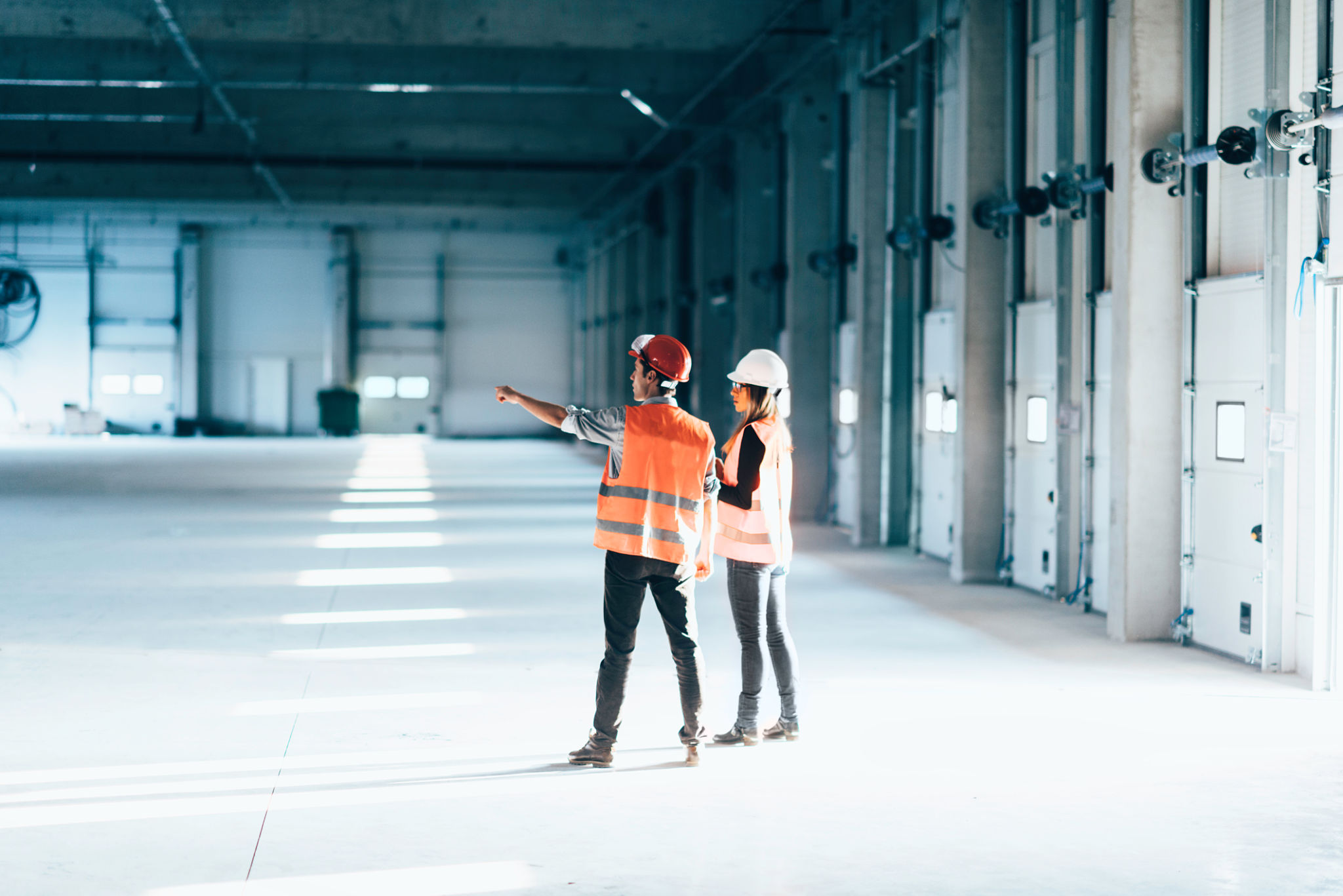Navigating Local Building Regulations in Canada
Understanding the Basics of Local Building Regulations
Navigating building regulations in Canada can be a complex endeavor, given the unique requirements that vary from one province to another. Understanding the basic principles of these regulations is crucial for anyone involved in construction, renovation, or property development. Building codes are designed to ensure safety, accessibility, and sustainability, and they govern everything from structural integrity to electrical systems.

Before starting any construction project, it is essential to familiarize yourself with the specific building codes applicable in your area. These codes are enforced by local authorities and often require detailed documentation and approvals. Failure to comply can result in hefty fines, project delays, or even legal action.
Provincial Variations in Building Codes
Canada’s approach to building regulation is unique because it allows each province to adapt the National Building Code to suit their specific needs and conditions. For example, British Columbia has its own BC Building Code, which includes additional energy efficiency standards. Similarly, Quebec has adapted codes that address its climatic conditions and architectural traditions.
These provincial modifications mean that a building project in Alberta might face different regulatory challenges than one in Ontario. It is advisable for developers to consult with local experts or hire a professional familiar with regional codes to ensure compliance throughout the project lifecycle.

The Role of Municipal Governments
In addition to provincial regulations, municipal governments play a significant role in enforcing building codes. They may impose additional requirements related to zoning, land use, and community planning. Municipalities often have the authority to issue building permits and conduct inspections at various stages of the construction process.
Engaging with municipal authorities early in the planning phase can help streamline the approval process. It's important to account for potential changes or additional requirements that may arise during these discussions. This proactive approach can help avoid unexpected setbacks and ensure a smoother project execution.
Key Considerations for Compliance
When planning a construction project, there are several key considerations to ensure compliance with local building regulations:
- Zoning Laws: Determine if your project is in line with local zoning bylaws which dictate land use.
- Environmental Impact: Assess environmental considerations that might affect your project, such as proximity to protected areas or water bodies.
- Fire Safety: Implement necessary fire safety measures as mandated by local fire codes.

Adhering to these considerations not only ensures compliance but also enhances the overall safety and sustainability of the building project. It’s advisable to maintain open communication with local authorities to address any emerging issues promptly.
Benefits of Professional Guidance
Given the complexity of local building regulations in Canada, seeking professional guidance is often beneficial. Architects, engineers, and legal experts specializing in local building codes can provide invaluable insights and assistance. They can help prepare necessary documentation, liaise with regulatory bodies, and ensure that all aspects of the project meet required standards.
Professional guidance not only aids in achieving compliance but also contributes to the project's efficiency and cost-effectiveness. Investing in expert advice can ultimately prevent costly mistakes and ensure a successful project outcome.
Conclusion: Staying Informed and Prepared
Navigating local building regulations in Canada requires a thorough understanding of both provincial and municipal requirements. By staying informed and engaging with professionals, developers can successfully manage the complexities of these regulations. Proper planning and adherence to code not only safeguard against legal issues but also promote the creation of safe and sustainable structures for communities across Canada.
